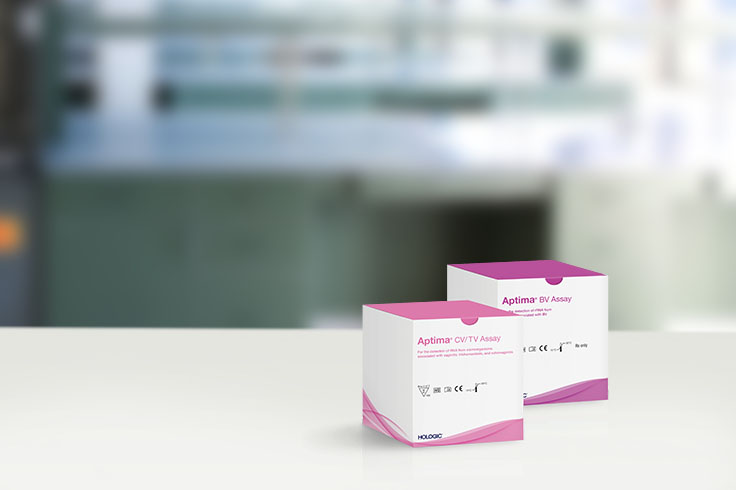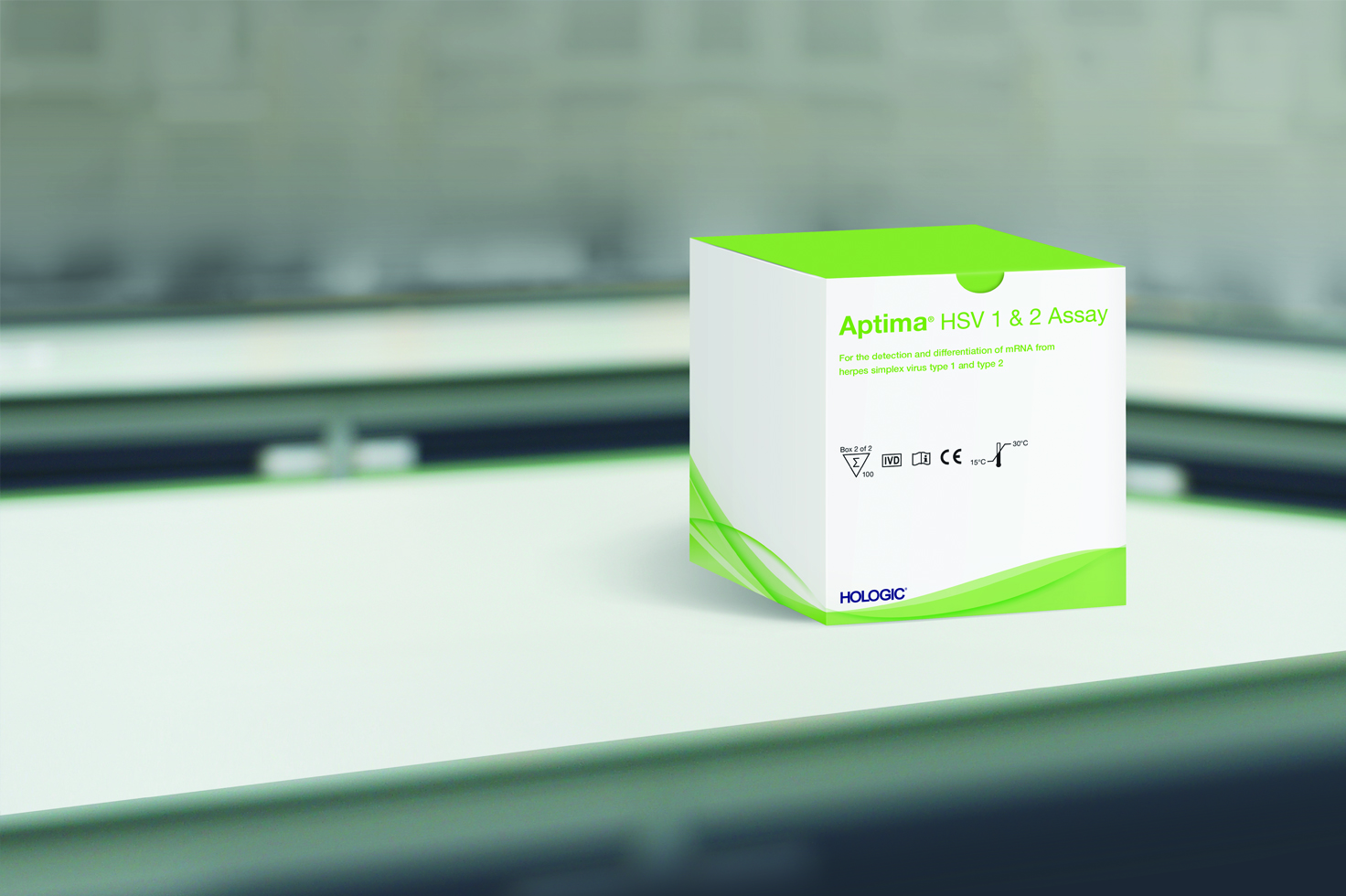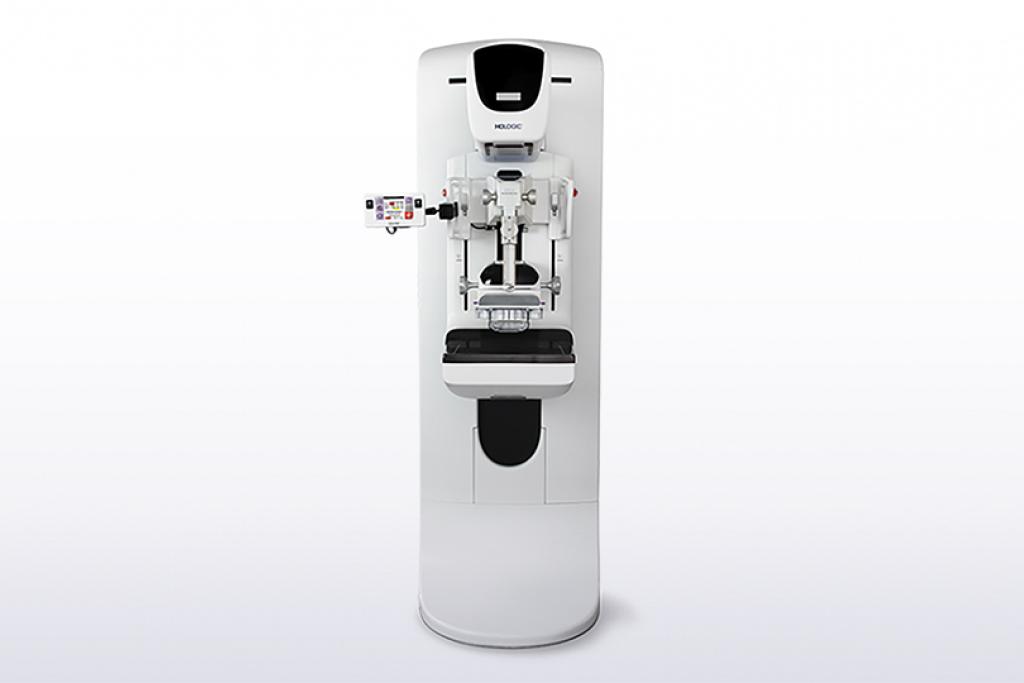
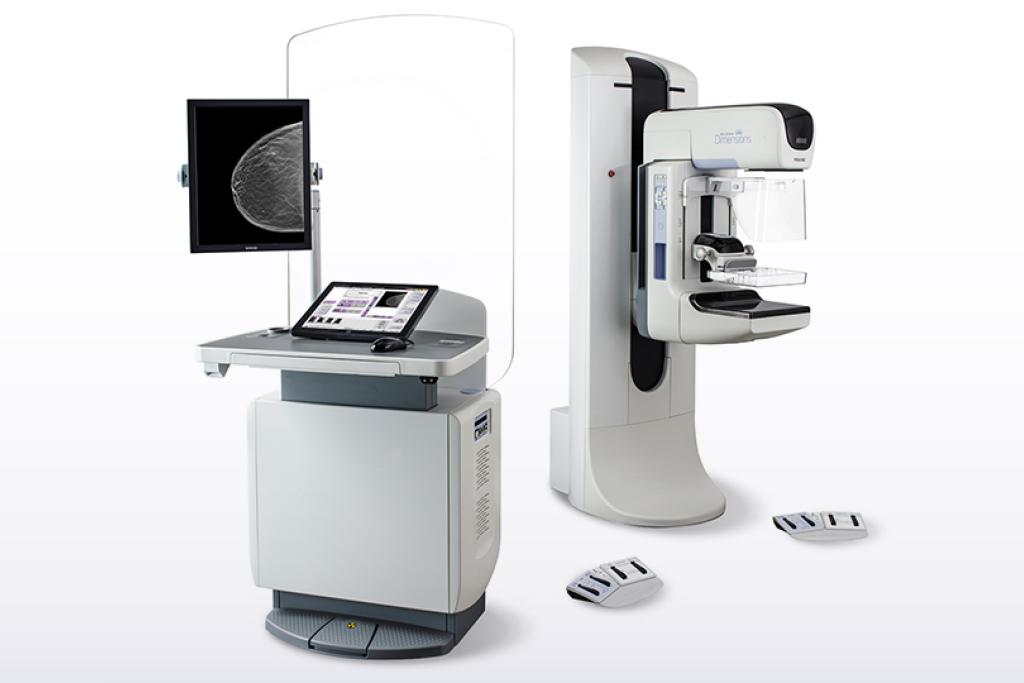
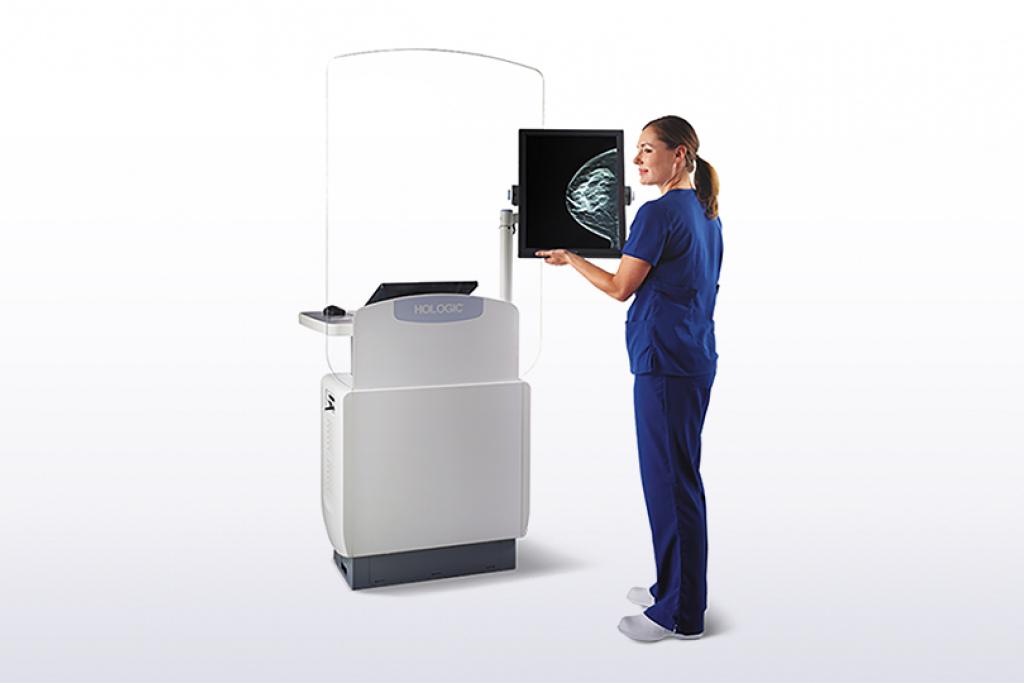
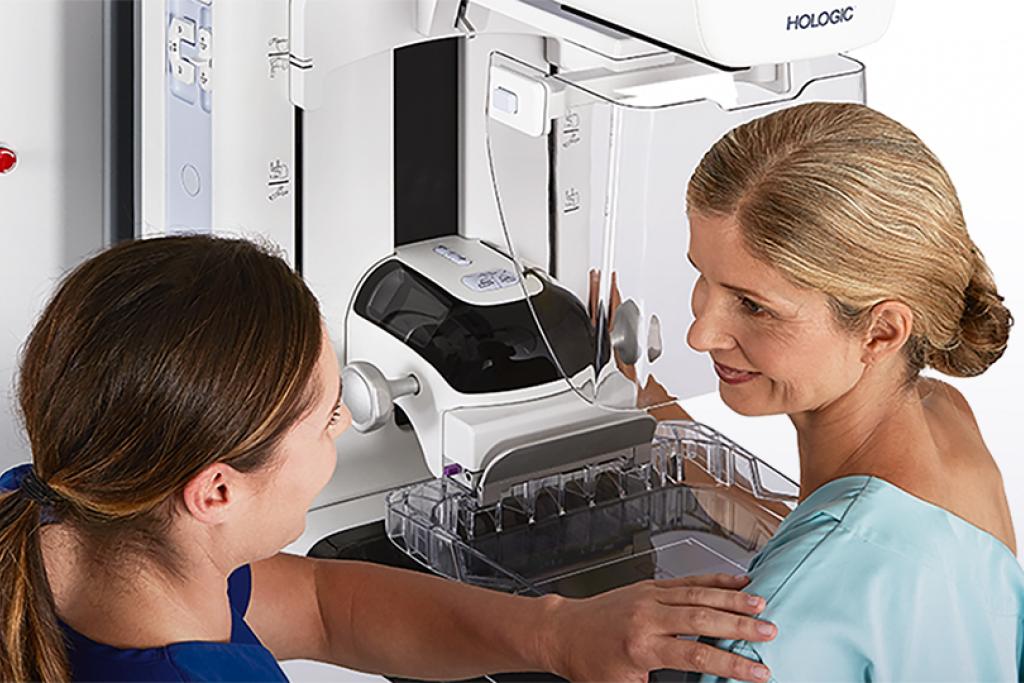
Better detection. Clinically superior. Low dose.
What if we could find breast cancers earlier? See lesions more clearly? Reduce the number of unnecessary biopsies? Questions like these inspired Hologic researchers and scientists to develop Hologic 3D.
Mammography technology. With the introduction of Selenia Dimensions, we launched the first commercially available system that delivers on the extraordinary promise of breast tomosynthesis.
Over half of the U.S. News and World Report top 20 cancer hospitals offer Hologic 3D Mammography technology. More than five million women to date in the United States have already been screened with this life changing technology, which is now available in over 50 countries.
Hologic has always been at the forefront of breast cancer screening and offers the first breast tomosynthesis technology with proven superior clinical performance to 2D mammography1,4. The revolutionary Selenia Dimensions system, which has set the standard in mammography screening, provides:
The Selenia Dimensions system’s Genius 3D Mammography exam offers the only breast tomosynthesis technology with the following advantages over 2D mammography, proving that not all tomo is the same:
3D Mammography exams powered by C View™ software.
Hologic has further advanced breast cancer screening by producing 2D images from breast tomosynthesis data using C View software, resulting in a Low Dose Genius 3D Mammography exam with superior clinical performance compared with 2D alone.
This Low Dose Genius 3D Mammography exam is performed in a rapid 3.7 second scan time for greater patient comfort and low patient dose, due to the elimination of 2D X ray exposures. The synthetic 2D images and 3D slices are reviewed together to make clinical decisions or diagnoses part of the Genius 3D Mammography screening exam.
Curabitur accumsan auctor ipsum, eget aliquam tellus dignissim id. Pellentesque habitant morbi tristique senectus et netus et malesuada fames ac turpis egestas. Sed vehicula scelerisque lacus id ultrices. Nullam vestibulum pharetra orci vel venenatis. Proin in pulvinar lorem, sed tempor felis. Cras tincidunt non felis imperdiet lobortis. Nulla nec nisl tempor, tincidunt lectus quis, tincidunt leo. Quisque laoreet ac velit fringilla tempor. Nullam a sollicitudin tellus. Curabitur et nulla quis diam porttitor tempor sed eu magna. Sed magna magna, fringilla vel luctus at, eleifend vitae risus. Fusce maximus pellentesque risus at ornare. Ut fermentum semper elit.

